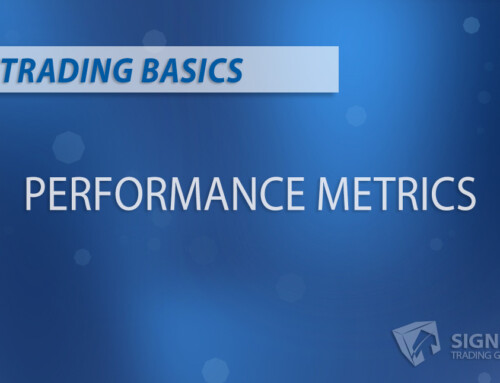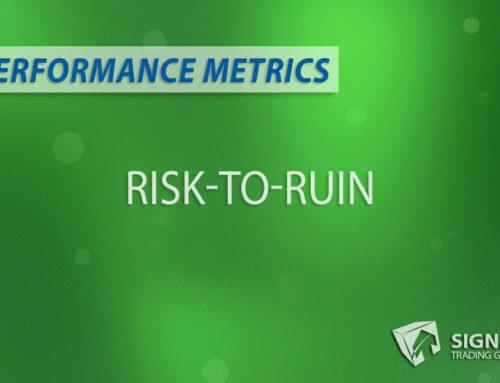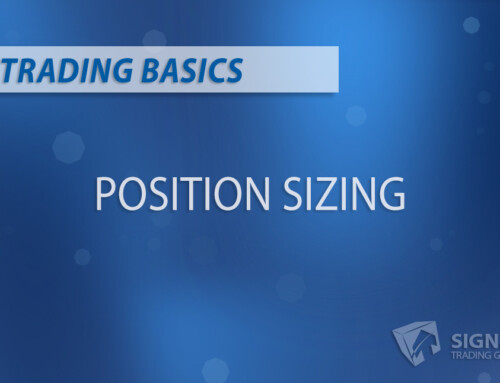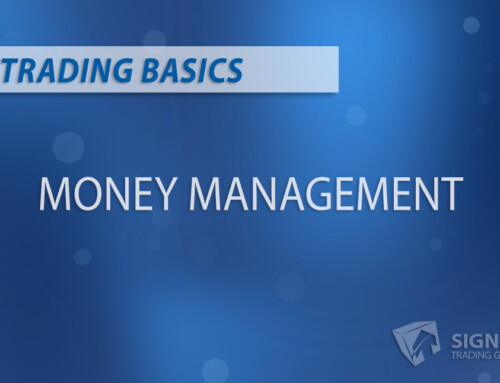The “Performance Metrics 101” blog series is geared towards providing traders with the essential evaluation tools they need to assess trading performance accurately. The goal is to provide a complete understanding of these tools, enabling traders to use them effectively.
Sharpe Ratio Pros and Cons
The Sharpe Ratio is a widely-recognized tool in finance used to evaluate investment performance relative to risk. Many traders, analysts, and portfolio managers use it to evaluate if an investment can provide a return that justifies its level of risk. In this blog post, I’ll cover the pros and cons of the Sharpe Ratio, providing you with a comprehensive overview to help you use this metric correctly.
What is the Sharpe Ratio?
In 1966, Nobel Prize-winning economist William F. Sharpe created the Sharpe Ratio to measure an investment’s return compared to the risk-free rate, considering the volatility of returns. The main objective was to assist investors in comprehending the reward-to-risk ratio of an investment, making it easier to compare various investments to determine which one provides the best risk-adjusted return.
Formula and Intended Purpose
The formula for the Sharpe Ratio is as follows:
Sharpe Ratio = (Ri – Rf) / σi
where:
- Ri is the return on investment
- Rf is the risk-free rate
- σi is the investment’s standard deviation, which measures the volatility of the returns
The purpose of the Sharpe Ratio is to provide a standardized measurement for comparing the risk-adjusted return on various investments. A higher Sharpe Ratio indicates better risk-adjusted performance, representing a higher return per unit of risk taken.
Pros of Using the Sharpe Ratio
1. Reward-to-Risk Measurement
The Sharpe Ratio allows investors to understand the balance between the investment’s returns and the amount of risk they are taking, making it helpful for risk-averse investors looking for the most consistent and reliable investments.
2. Comparability Between Investments
By standardizing the measurement of risk-adjusted returns, the Sharpe Ratio enables the comparison of different assets, regardless of their risk levels. This helps investors identify more attractive opportunities and build a diversified portfolio.
3. Market-Neutral Assessment
The Sharpe Ratio focuses on the discrepancy between the investment’s returns and the risk-free rate. This distinction provides a more accurate measurement of the investment’s performance compared to the market, free from the influence of market trends.
4. Enhanced Portfolio Analysis
Using the Sharpe Ratio, you can determine your portfolio’s optimal allocation and mix of assets. By maximizing your portfolio’s Sharpe Ratio, you’ll achieve the best combination of risk and return.
Cons of Relying Solely on the Sharpe Ratio
1. Ignoring Certain Variables
The Sharpe Ratio does not consider liquidity, diversification, or risk tolerance factors. However, these variables can significantly impact an individual investment’s performance, so combining the Sharpe Ratio with other evaluation methods is essential.
2. Limitations in Volatility Assessment
The Sharpe Ratio utilizes standard deviation as a measure of volatility, which may not capture extreme market fluctuations or “black swan” events. Therefore, relying solely on this ratio can create misleading impressions of risk, especially for investments with a high potential for extreme shifts in value.
3. Inapplicable to Short-Term Investments
The Sharpe Ratio’s ability to provide accurate performance assessments is limited regarding short-term investments, as the returns may be distributed elsewhere. As a result, this metric may need to provide more reliable results.
When to Use the Sharpe Ratio?
The Sharpe Ratio is suitable for comparing investments with similar risks and returns expectations. It is most effective when comparing different investment portfolios and determining the best fit for an investor’s goals. As such, it is handy for portfolio optimization and asset allocation.
However, it is essential to note that the Sharpe Ratio is not a perfect tool and is not appropriate for comparing dissimilar investments or evaluating individual securities. Moreover, depending solely on the Sharpe Ratio may lead to overlooking valuable opportunities and risk management strategies. Therefore, using the Sharpe Ratio alongside other financial metrics and analysis for well-rounded decision-making is important.





